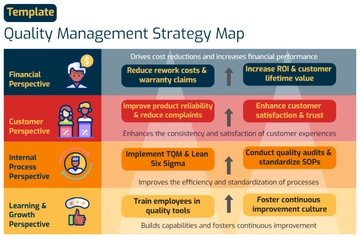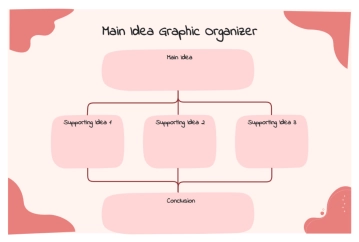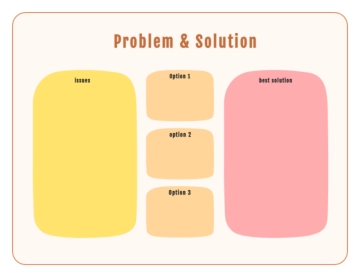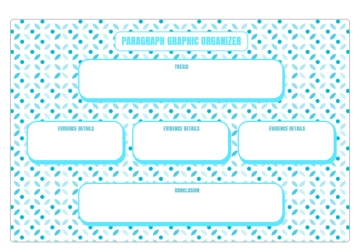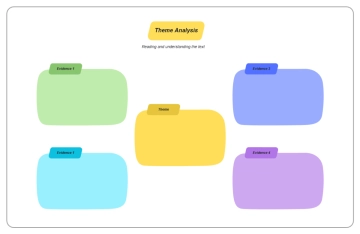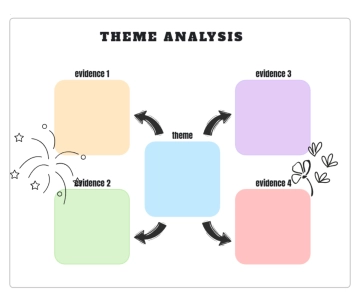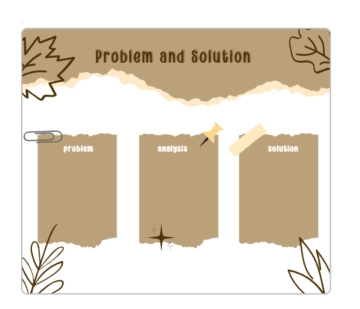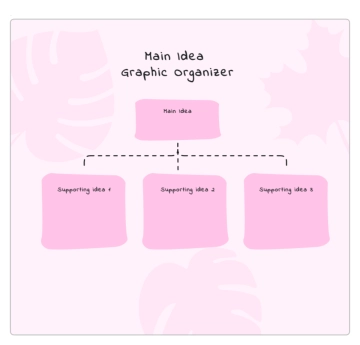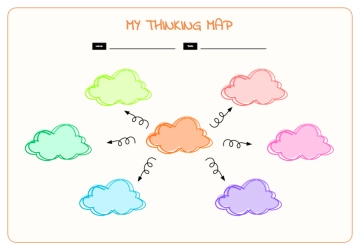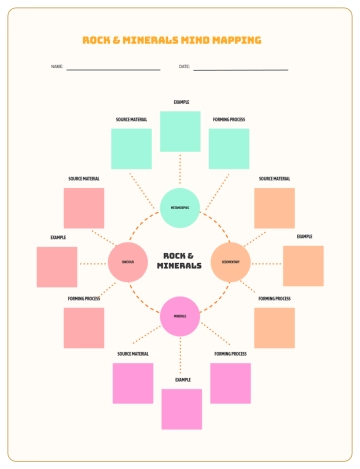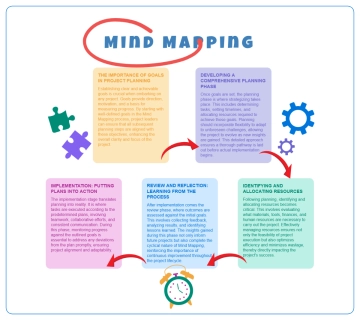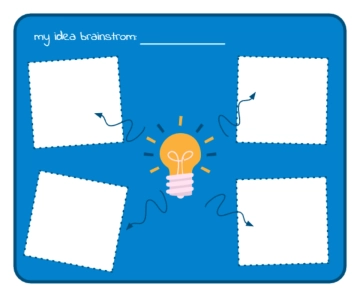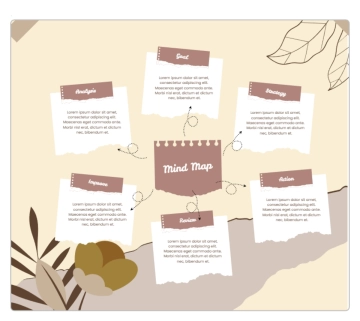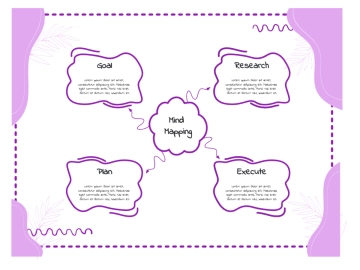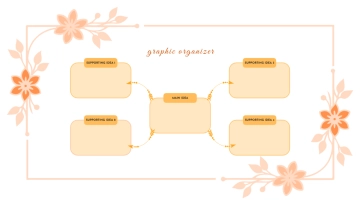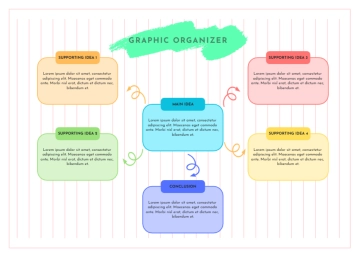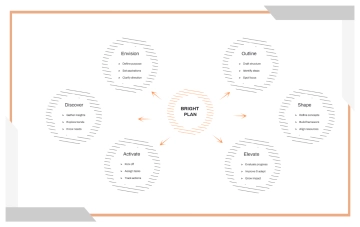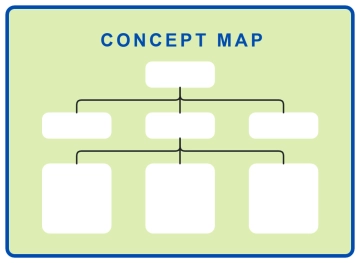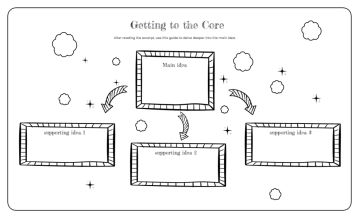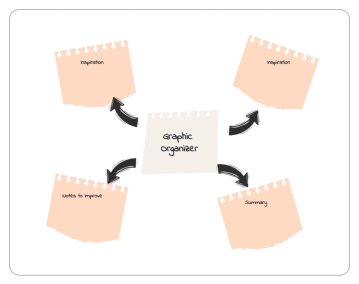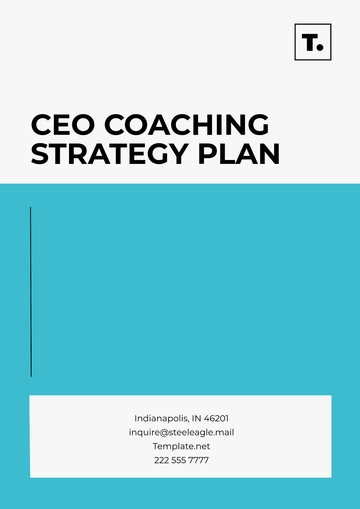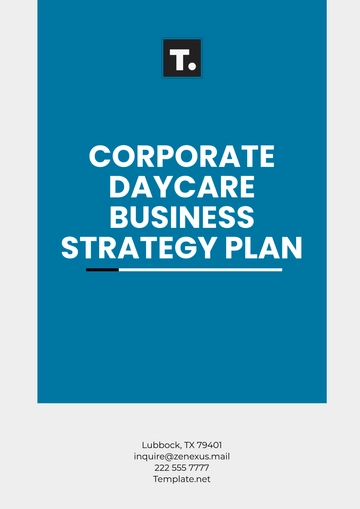Free Secure Access Strategy Plan
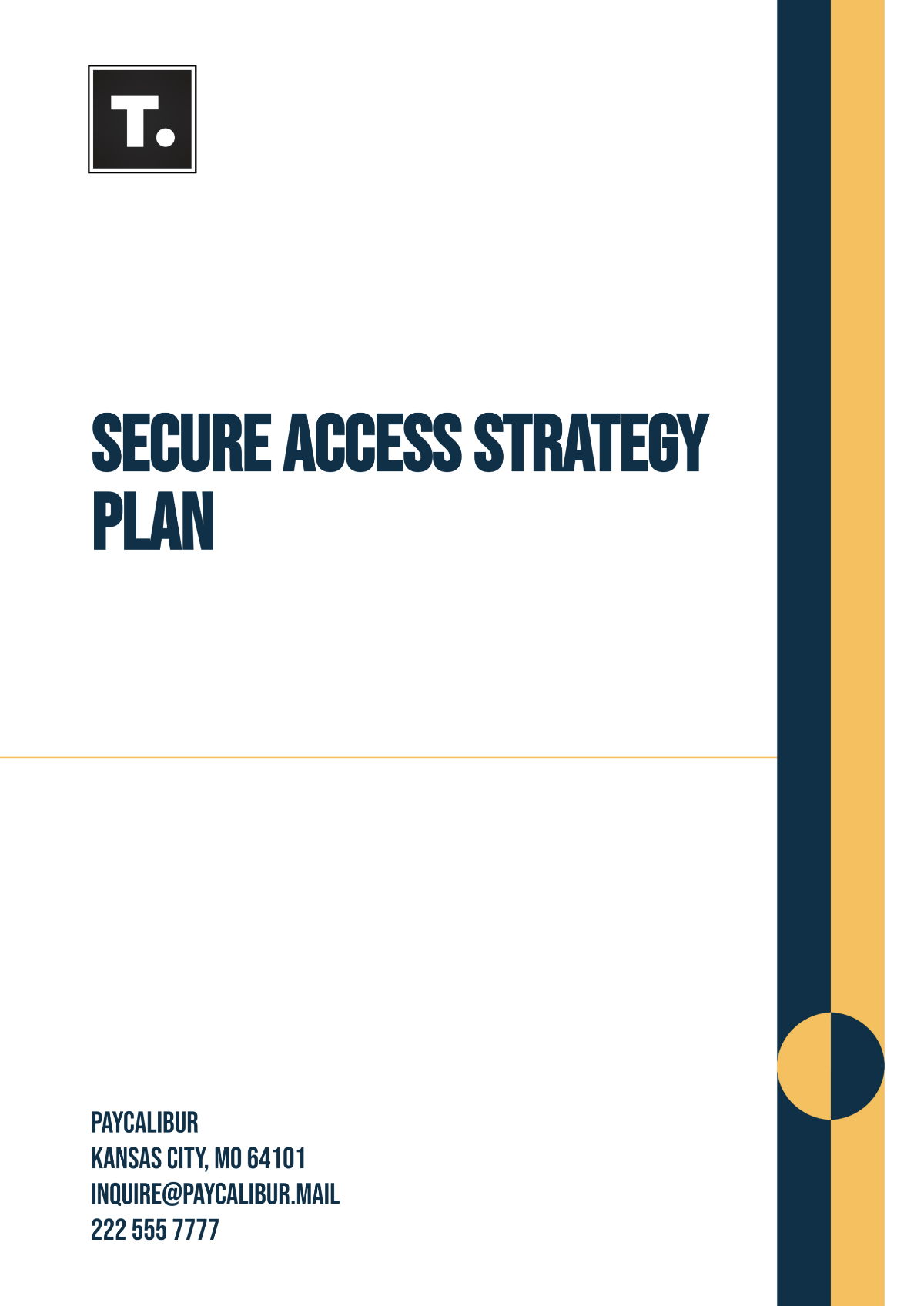
Date: August 10, 2080
1. Executive Summary
Objective: The primary objective of this Secure Access Strategy is to ensure that user access across all cloud services (AWS, Microsoft Azure, Office 365, and other SaaS applications) is securely managed, ensuring compliance with industry regulations and preventing unauthorized access to sensitive data and systems.
Scope: This strategy will apply to all users accessing cloud environments within the company, including AWS (EC2, S3, RDS), Microsoft Azure (Azure AD, Virtual Machines), and other cloud services such as Google Workspace and Salesforce.
Expected Outcomes: By implementing this strategy, the company will improve the overall security of cloud environments, ensuring 100% compliance with GDPR, SOC 2, and HIPAA regulations, while maintaining seamless access for authorized personnel. It will also reduce unauthorized access incidents by 95% within the first year.
2. Cloud Environment Overview
Cloud Platforms:
AWS: The company uses AWS for hosting applications and databases, including EC2 instances, S3 storage, and Lambda functions.
Microsoft Azure: Azure is used for virtual machines, managed databases, and Azure AD for user authentication.
Google Workspace and Salesforce: Used for productivity tools and CRM.
Services in Use:
AWS: EC2, S3, RDS, IAM, Lambda, CloudTrail, and GuardDuty for monitoring.
Azure: Virtual Machines, Azure AD, Key Vault, Security Center.
Other Services: Google Workspace for email, Google Drive for file storage, and Salesforce for customer relationship management.
Current Access Control Methods: Currently, access control is handled by AWS IAM for AWS resources, Azure AD for Microsoft Azure resources, and minimal MFA implementation across some services. The access control system lacks centralized management for seamless integration across multiple platforms.
3. User Access Management Requirements
User Authentication:
Multi-factor authentication (MFA) will be mandatory for all users accessing cloud resources from Day 1 (January 1, 2080), with enforcement through AWS IAM and Azure AD.
Single Sign-On (SSO) will be implemented for seamless access across all cloud services starting by March 1, 2080.
Role-Based Access Control (RBAC): Roles will be defined for different user categories (e.g., admin, developer, finance, HR), with specific access rights. Users will be assigned roles based on their job function to limit access to only the necessary resources.
Least Privilege Principle: All cloud access will be managed based on the least privilege principle. Access rights will be granted only as necessary for performing job functions and will be reviewed quarterly starting in Q2 2080.
Temporary Access: For contractors or temporary employees, temporary access will be granted for a defined period with automated revocation on the last day of employment or contract. Temporary access will be managed through Azure AD and AWS IAM.
4. Access Control Mechanisms
Identity and Access Management (IAM):
AWS IAM: AWS IAM policies will be configured with fine-grained permissions, ensuring access to specific services (e.g., EC2, S3) based on job roles.
Azure Active Directory (AD): Azure AD will be the central identity provider for managing all user identities and providing access to Microsoft and non-Microsoft cloud services.
SSO Integration: Integration of Okta for Single Sign-On (SSO) will allow users to access AWS, Azure, Salesforce, and Google Workspace from a single portal. SSO will be fully deployed by March 2020.
Access Reviews: Access to all cloud resources will be reviewed on a quarterly basis, with role audits performed every three months starting from March 1, 2080.
Audit Logging and Monitoring: AWS CloudTrail and Azure Security Center will be configured to log all user access events and monitor for anomalies. Monthly reports will be generated for access reviews, with alerts triggered for suspicious activity.
5. Security Measures for Cloud Access
Multi-Factor Authentication (MFA): MFA will be enforced for all users accessing AWS, Azure, Google Workspace, and Salesforce. All administrative accounts will require MFA starting from January 1, 2080.
Encryption:
Data at Rest: All cloud storage will be encrypted using AES-256 encryption, with key management through AWS KMS and Azure Key Vault.
Data in Transit: TLS 1.2+ will be enforced for all data transmissions between users and cloud resources.
VPN/Private Connections: For remote access to cloud resources, users will connect through a VPN, with AWS Direct Connect and Azure ExpressRoute used for secure and high-speed connections between on-premise infrastructure and the cloud.
Zero Trust Model: Starting in Q1 2080, a Zero Trust architecture will be implemented across the organization. Access to cloud resources will be based on continuous verification of user identity and device security before granting access.
6. Compliance and Governance
Regulatory Compliance: The strategy will ensure compliance with the following regulations:
GDPR: Data protection requirements will be enforced with secure access policies, ensuring that user access to personal data is appropriately controlled.
SOC 2: Compliance with SOC 2 controls for security, availability, and confidentiality will be maintained through audit logs and controlled access management.
HIPAA: Healthcare data in the cloud will be protected with restricted access and encryption, in line with HIPAA requirements.
Access Auditing: Access to all cloud environments will be logged and audited at least monthly. Logs will be retained for at least 12 months in compliance with regulatory standards.
Data Residency Requirements: The company will maintain access control policies to ensure that sensitive data stays within the jurisdiction where required by law (e.g., EU for GDPR compliance).
7. Incident Response and Access Breach Management
Incident Detection and Reporting: Any unusual access patterns will be detected through AWS GuardDuty and Azure Sentinel. A dedicated incident response team will be available 24/7 starting January 1, 2080.
Access Revocation Protocol: A standardized access revocation protocol will be enacted in the event of a breach or employee departure. Access will be automatically revoked within 1 hour of an incident detection.
Post-Incident Review: After any access breach, a review will be conducted within 7 days to identify gaps in the security strategy. A report will be presented to senior management with improvement recommendations.
8. Training and Awareness
User Training: All employees will undergo mandatory security awareness training, including phishing simulations and safe cloud access practices. The first session will occur by February 15, 2080.
Administrator Training: Cloud administrators will complete a specialized course on IAM, MFA, and RBAC configurations. This training will be completed by March 1, 2080.
Phishing Simulations: Monthly phishing simulations will be conducted to raise awareness of email-based threats. The first simulation will be conducted on January 15, 2080.
9. Implementation Roadmap
Phase 1: Cloud Access Assessment: A full assessment of the current access control methods and identification of risks will be completed by January 31, 2080.
Phase 2: IAM Solution Implementation: AWS IAM and Azure AD configuration will be finalized by February 15, 2080, with roles and policies defined.
Phase 3: MFA and SSO Deployment: MFA will be enabled for all users and the SSO system will be integrated by March 1, 2080.
Phase 4: Regular Access Reviews: Access reviews will begin on a quarterly basis starting in March 2020.
Phase 5: Incident Response Testing: The first incident response test will take place on April 1, 2080.
10. Risk Management and Mitigation
Risk Assessment: A risk assessment will be conducted every 6 months to evaluate new threats, with the first assessment completed by March 31, 2080.
Mitigation Strategies: The use of AI-based tools to detect anomalies will be piloted by Q2 2080 to mitigate risks.
11. Key Performance Indicators (KPIs)
Access Review Completion Rate: Target 100% completion for quarterly access reviews.
MFA Adoption Rate: Goal of 100% MFA adoption across all users by March 1, 2080.
Incident Response Time: Target for responding to incidents within 30 minutes.
Audit Findings Resolution Rate: Resolve 95% of audit findings within 30 days.
12. Conclusion
Future Enhancements: Over the next 3 years, the company will explore automation and AI-driven security tools to further enhance access management.
Long-Term Goals: Achieve a fully integrated, automated cloud access management environment by 2083, ensuring scalability as the company grows.
- 100% Customizable, free editor
- Access 1 Million+ Templates, photo’s & graphics
- Download or share as a template
- Click and replace photos, graphics, text, backgrounds
- Resize, crop, AI write & more
- Access advanced editor
Develop robust access strategies with our Secure Access Strategy Plan Template from Template.net. Completely editable and customizable, this template helps you secure sensitive areas. Personalize it in our Ai Editor Tool for tailored results.
You may also like
- Finance Plan
- Construction Plan
- Sales Plan
- Development Plan
- Career Plan
- Budget Plan
- HR Plan
- Education Plan
- Transition Plan
- Work Plan
- Training Plan
- Communication Plan
- Operation Plan
- Health And Safety Plan
- Strategy Plan
- Professional Development Plan
- Advertising Plan
- Risk Management Plan
- Restaurant Plan
- School Plan
- Nursing Home Patient Care Plan
- Nursing Care Plan
- Plan Event
- Startup Plan
- Social Media Plan
- Staffing Plan
- Annual Plan
- Content Plan
- Payment Plan
- Implementation Plan
- Hotel Plan
- Workout Plan
- Accounting Plan
- Campaign Plan
- Essay Plan
- 30 60 90 Day Plan
- Research Plan
- Recruitment Plan
- 90 Day Plan
- Quarterly Plan
- Emergency Plan
- 5 Year Plan
- Gym Plan
- Personal Plan
- IT and Software Plan
- Treatment Plan
- Real Estate Plan
- Law Firm Plan
- Healthcare Plan
- Improvement Plan
- Media Plan
- 5 Year Business Plan
- Learning Plan
- Marketing Campaign Plan
- Travel Agency Plan
- Cleaning Services Plan
- Interior Design Plan
- Performance Plan
- PR Plan
- Birth Plan
- Life Plan
- SEO Plan
- Disaster Recovery Plan
- Continuity Plan
- Launch Plan
- Legal Plan
- Behavior Plan
- Performance Improvement Plan
- Salon Plan
- Security Plan
- Security Management Plan
- Employee Development Plan
- Quality Plan
- Service Improvement Plan
- Growth Plan
- Incident Response Plan
- Basketball Plan
- Emergency Action Plan
- Product Launch Plan
- Spa Plan
- Employee Training Plan
- Data Analysis Plan
- Employee Action Plan
- Territory Plan
- Audit Plan
- Classroom Plan
- Activity Plan
- Parenting Plan
- Care Plan
- Project Execution Plan
- Exercise Plan
- Internship Plan
- Software Development Plan
- Continuous Improvement Plan
- Leave Plan
- 90 Day Sales Plan
- Advertising Agency Plan
- Employee Transition Plan
- Smart Action Plan
- Workplace Safety Plan
- Behavior Change Plan
- Contingency Plan
- Continuity of Operations Plan
- Health Plan
- Quality Control Plan
- Self Plan
- Sports Development Plan
- Change Management Plan
- Ecommerce Plan
- Personal Financial Plan
- Process Improvement Plan
- 30-60-90 Day Sales Plan
- Crisis Management Plan
- Engagement Plan
- Execution Plan
- Pandemic Plan
- Quality Assurance Plan
- Service Continuity Plan
- Agile Project Plan
- Fundraising Plan
- Job Transition Plan
- Asset Maintenance Plan
- Maintenance Plan
- Software Test Plan
- Staff Training and Development Plan
- 3 Year Plan
- Brand Activation Plan
- Release Plan
- Resource Plan
- Risk Mitigation Plan
- Teacher Plan
- 30 60 90 Day Plan for New Manager
- Food Safety Plan
- Food Truck Plan
- Hiring Plan
- Quality Management Plan
- Wellness Plan
- Behavior Intervention Plan
- Bonus Plan
- Investment Plan
- Maternity Leave Plan
- Pandemic Response Plan
- Succession Planning
- Coaching Plan
- Configuration Management Plan
- Remote Work Plan
- Self Care Plan
- Teaching Plan
- 100-Day Plan
- HACCP Plan
- Student Plan
- Sustainability Plan
- 30 60 90 Day Plan for Interview
- Access Plan
- Site Specific Safety Plan
